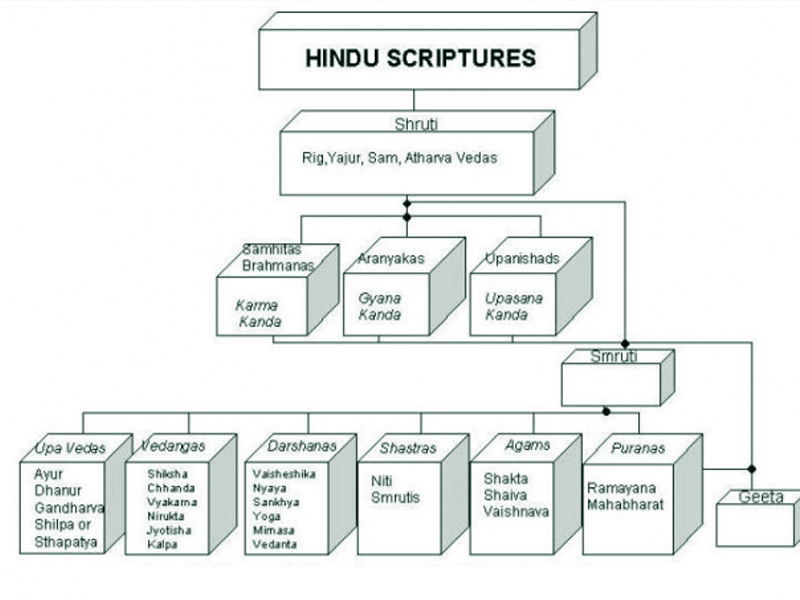You must learn to endure fleeting things they come and go!
Vedic Scriptures
The Vedic scriptures are the spiritual literature of the ancient Indian culture. They consist of a huge collection of books written in the Sanskrit language that includes material (mundane), religious (ritualistic), and spiritual(monotheistic) knowledge. The word "Vedic" is derived from the Sanskrit word veda, meaning knowledge or revelation. According to Vedic history, these scriptures were written down about 5000 years ago. This date is not accepted in modern Indology, but the date is in fact not very important, because the knowledge in these scriptuires existed long before it was written down.

The Veda is understood by simply accepting what the Veda says about itself. This Vedic self-understanding may be amazing or even unbelievable to the modern reader, but the different opinions about the origin and history of the Vedic scriptures are due to a fundamental difference in world views between the followers of the Veda and modern mundane scholars.
According to the Indological world view, "Vedic Scripture" doesn't even exist. Modern Indology says that the collection of books mentioned in this article is not a consistent body of knowledge but a mere accumulation of texts from different sources. Indology claims that they were written over a long period, starting after the hypothetical Aryan invasion into the Indian subcontinent, about 1000 to 1500 B.C., when the mixture of tribes formed a "Vedic" culture. If we believe this scenario, then it is natural to think that the Indian scriptures are a mass of unsystematic, mythological texts.
The Vedic scriptures maintain a completely different version-one of ancient cultures, timeless revelations, and divine incarnations. The entire body of Vedic knowledge has a systematic structure and a clearly-defined goal, being compiled by Vedic rishis (sages) headed by Vyasadeva- the literary incarnation of Lord Krishna. About 5000 years ago these sages systematically wrote down this knowledge to prevent it from being lost in the upcoming Kali-yuga, the Iron Age of quarrel and hypocrisy, the most fallen in the cycle of ages.
The structure of the Vedic scriptures can be compared to a staircase with many steps, with specific scriptures corresponding to each step. The Vedic scriptures describe both the goal and the steps leading up to this goal. They are nonsectarian because they respect people of all "steps", encouraging everyone to progress to the next step. There is no converting or pushing, because everyone has to walk for himself. As the Vedic saying goes, "Even in a flock of birds, each bird has to fly for itself."
Individual evolution is not limited to one life. The Vedic understanding of reincarnation declares that the steps of this symbolical staircase can also be understood as lifetimes. The almost proverbial "Hindu" tolerance is based on a solid philosophical understanding and shouldn't be confused with merging, indifference or "everything is one."
Superficially, the Vedic scriptures may appear to be unsystematic and even contradictory, but this impression can easily be reconciled by finding out how each step is connected with the goal.
